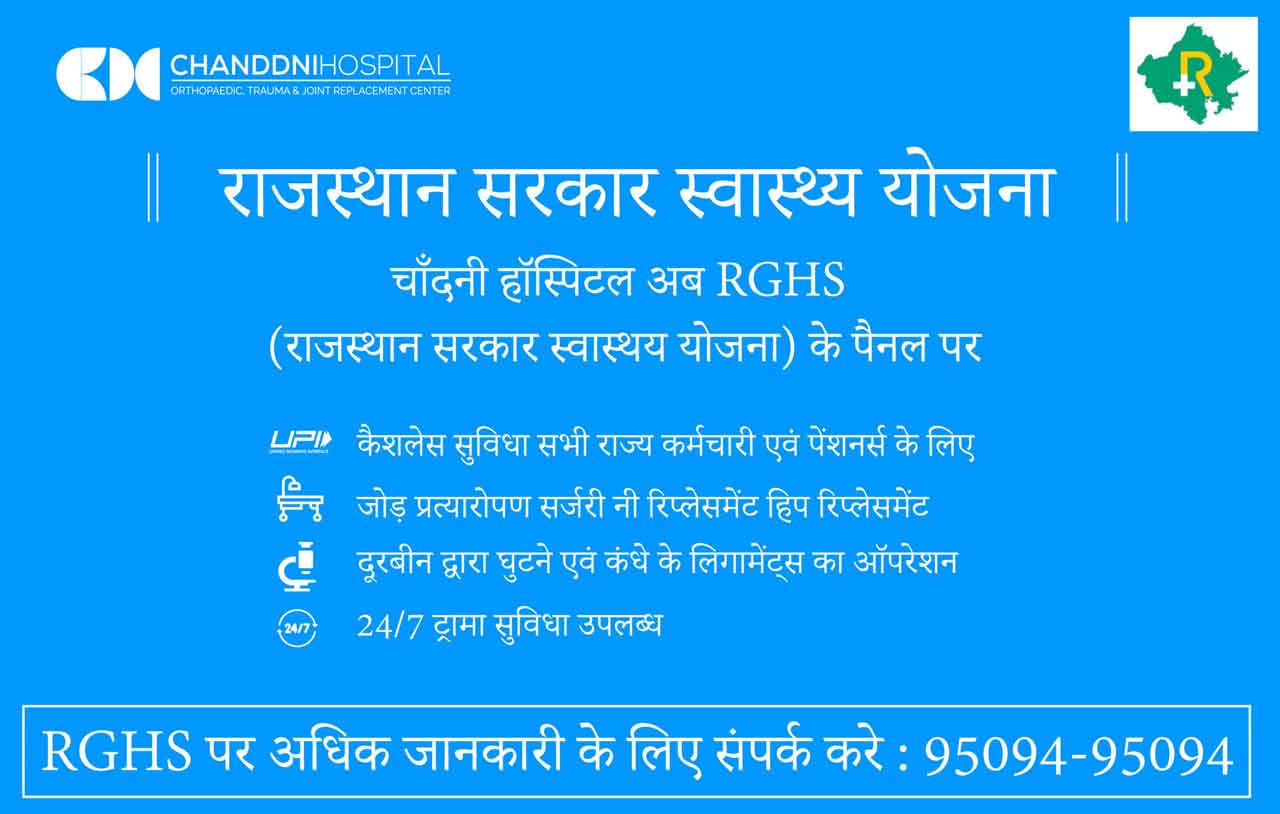
Having pain in your back or neck?
The spinal disc is a round shaped, strong elastic pivot, which is flat at the top and the bottom. It is available for each joint segment of the spine and is securely attached to the vertebrae above and below them. It not only provides stability and motion of the neck and the lower back but also provide shock absorption for the spine.
When the discs start to lose their strength, it causes pain and discomfort in the neck, shoulder, legs and arms. There could be many reasons for this condition, one being the age, deficiency of Vitamin D & B12, or poor lifestyle with long sitting hours. Even weight gain and lethargic lifestyle and lack of exercise can cause spine problems. Once the spine is weakened due to any of the above factors, it is more prone to injuries.
What We Suggest
Lifestyle Modification
Medications may help
Do I need a surgery?
Spinal Anatomy
Spinal anatomy is a combination of bones, flexible ligaments and tendons. It comprises of large muscles and sensitive nerves. It is very strong and protects highly sensitive nerve roots. At the same time it is very flexible allowing mobility on different planes. Many intricate structures in the spine may be the cause of pain, due to degeneration, inflammation, over use or injury.
Spine surgery is performed to treat any ailment that may have arisen due to the affliction of the spinal column, including the vertebral bodies, the spinal cord, the nerves, the joints or the protruded intervertebral disc.

Disc Degeneration
Types of Spine Surgery
- Degenerative disk disease
- Fracture of spinal bone
- If the spine canal starts narrowing
- If the spine curves abnormally to one side
- If the spine disk shifts forward
- In case of spine infections or tumors.

